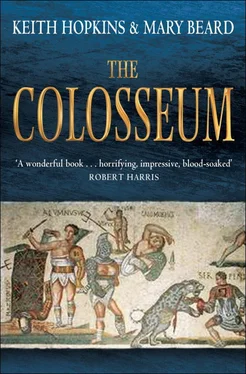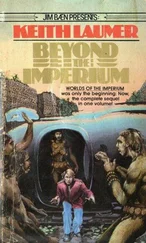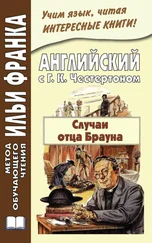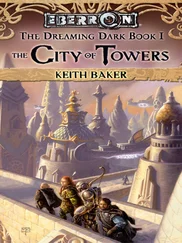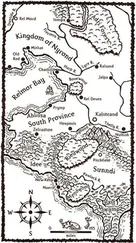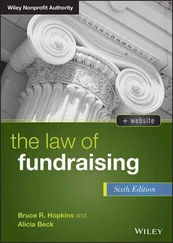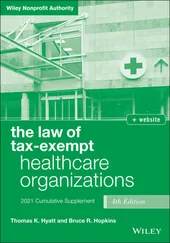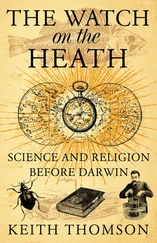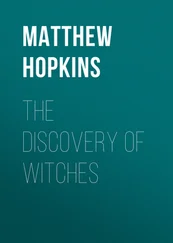Keith Hopkins - The Colosseum
Здесь есть возможность читать онлайн «Keith Hopkins - The Colosseum» весь текст электронной книги совершенно бесплатно (целиком полную версию без сокращений). В некоторых случаях можно слушать аудио, скачать через торрент в формате fb2 и присутствует краткое содержание. Город: London, Год выпуска: 2011, ISBN: 2011, Издательство: Profile Books, Жанр: История, на английском языке. Описание произведения, (предисловие) а так же отзывы посетителей доступны на портале библиотеки ЛибКат.
- Название:The Colosseum
- Автор:
- Издательство:Profile Books
- Жанр:
- Год:2011
- Город:London
- ISBN:9781846684708
- Рейтинг книги:3 / 5. Голосов: 1
-
Избранное:Добавить в избранное
- Отзывы:
-
Ваша оценка:
- 60
- 1
- 2
- 3
- 4
- 5
The Colosseum: краткое содержание, описание и аннотация
Предлагаем к чтению аннотацию, описание, краткое содержание или предисловие (зависит от того, что написал сам автор книги «The Colosseum»). Если вы не нашли необходимую информацию о книге — напишите в комментариях, мы постараемся отыскать её.
The Colosseum — читать онлайн бесплатно полную книгу (весь текст) целиком
Ниже представлен текст книги, разбитый по страницам. Система сохранения места последней прочитанной страницы, позволяет с удобством читать онлайн бесплатно книгу «The Colosseum», без необходимости каждый раз заново искать на чём Вы остановились. Поставьте закладку, и сможете в любой момент перейти на страницу, на которой закончили чтение.
Интервал:
Закладка:
But if the pious doctor found botany readily compatible with the religious significance of the Colosseum, the same was not true for archaeology – which threatened the very existence of what he studied:
The collection of the plants and the species noted has been made some years; but since that time, many of the plants have been destroyed, from the alterations and restorations that have been made in the ruins; a circumstance that cannot but be lamented. To preserve a further falling of any portion is most desirable; but to carry the restorations, and the brushing and cleaning, to the extent to which it has been subjected, instead of leaving it in its wild and solemn grandeur, is to destroy the impression and solitary lesson which so magnificent a ruin is calculated to make upon the mind.
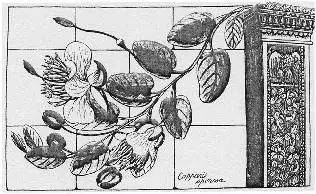
Deakin died in 1873. There is a good chance that he lived long enough to hear of his nightmare coming true. For the first action of the new archaeological authorities in 1870 was the destruction not of the Stations of the Cross, but of what they would have called ‘the weeds’. Today – despite some optimistic calculations by modern scientists which suggest that there are over 240 species still hanging on in the building – the Colosseum is virtually a flower-free zone. One of the biggest items of expenditure in the maintenance budget is surely weedkiller.

Deakin’s words must prompt us to reflect on how we want to experience our Wonders of the World and how the various competing claims to such international cultural symbols can ever be reconciled. It would be naive to imagine that we really should give the Colosseum over to the plants. If they had not been cleared in 1870, the building would now be – as any architect or conservationist will insist – close to collapse and we would have lost the monument, and its capacity to inspire, irretrievably. Common sense suggests that one should feel grateful that nature has been kept at bay and that the building is now well maintained, carefully studied, neat and tidy, and safe enough to host the occasional rock concert in a good cause. All the same it is hard not to feel slightly nostalgic for the romance of its ruins and for those parts of the building’s history swept away in the pursuit of the archaeology of the Roman amphitheatre. It is hard not to miss Deakin’s anemones and pinks, not to mention the church, the blood of the martyrs, the moonlight walks, even the Roman fever…
MAKING A VISIT?
AVOIDING THE QUEUE
Four and a half million visitors a year puts a strain on the facilities of almost any tourist site. There are lengthy queues to buy an entrance ticket to the Colosseum, in the peak summer season – and the queues in spring and autumn can also be off-putting. On one visit in late September, the queues were found to be snaking around the building, heralding a fifteen-minute wait. There are various tricks, however to avoid the worst of the waiting:
1. The traditional advice, for this and for other especially popular Italian museums and sites, is to turn up about thirty minutes before the monument opens. But the truth is that many other visitors will have had the same idea and long queues forming before the monument has even opened are even more daunting. A better option – even if it does not produce quite the same glow of virtue – is to wait until late in the day, when the majority of coach tours and large groups have departed, ideally just before the ticket office closes, which is an hour before the site itself shuts.
2. Tickets for the Colosseum now also include entrance to the Forum and the Palatine and can be used once in each of these three sites over the course of two days. A good tip, which I have tested a few times, is to purchase your ticket at the Palatine ticket office (about five minutes’ walk from the Colosseum along Via di San Gregorio). The queue is usually much lighter here, and buying a ticket at this office does not mean you have to visit the Palatine straightaway; you can just go back to the Colosseum, bypass the queue and follow the signs to the turnstiles for those with tickets. Needless to say, the Palatine itself, with the remains of the Roman imperial palace, is also worth a visit (despite Byron’s unfavourable comparison with the ruins of the Colosseum, p.4).
3. Planning in advance can also save time and frustration, especially if you are visiting in high season. It is now possible to book a ticket from a variety of travel and cultural websites. A good place to start is the official tourist website for Rome: http://www.turismoroma.it(accessible in English translation). This site provides a link to the website of the cultural heritage organisation, Pierreci, http://www.pierreci.itwhere a combined Colosseum/Palatine/Forum ticket could be bought in 2010 for €13.50. That was then €1.50 more than you would have paid at the ticket office; but as it allows you to print an e-ticket in advance and avoid queuing at all, it is probably money well spent. If you are planning to visit several sites it may be worth considering buying the new Roma pass (again, this can be bought online or from tourist information offices and many shops and kiosks) which in 2010 cost €25. It is valid for three days and includes free entry to two museums/sites of your choice as well as reduced ticket prices elsewhere and free public transport (for full details see the website http://www.romapass.it).
It is also worth checking in advance what special exhibitions and events will be taking place at the Colosseum. These are often excellent but can affect ticket prices. The beauty of the Colosseum at night, immortalised by Byron (p.4) is once again available to the general public. Over the past couple of years, it has been possible to visit on a Saturday night up until 11pm during the summer months, though as part of a guided tour only. These evenings have proved particularly popular so booking in advance (online or by phone) is a very good idea. The substructures or hypogeum and third floor level also opened in October 2010 for a limited period for guided tours only; it is also worth checking in advance of a visit if these will be open (either online or phone Pierreci +39 06 39967700).
A GOOD LOOK AT THE OUTSIDE
The key thing to remember when visiting the Colosseum is that more than half the original outer wall has disappeared. The best way to take this in (and the building is horribly confusing if you do not) is to walk right around the circumference of the monument before you step inside. Starting at the west end, coming from the Via dei Fori Imperiali, you will see very clearly where the outer wall comes to an abrupt stop, with a nineteenth-century brick buttress that copies the original arcading. Walking around to the south, a line of white stones in the pavement marks where the original outer wall once ran; what now appears to be the outer wall on this side of the monument is in fact the wall of the second internal corridor (hence the stairs leading to the upper floors that are visible inside, and apparently blocking off, several of these ‘outer’ arches). The original perimeter wall picks up again at the east end, with another much more brutal nineteenth-century buttress, and continues unbroken around the northern side of the monument. On this surviving section, the numbers above the entrance arches are still visible, most distinctly towards the west end (numbers 51 to 54) where the stonework has been cleaned.
Читать дальшеИнтервал:
Закладка:
Похожие книги на «The Colosseum»
Представляем Вашему вниманию похожие книги на «The Colosseum» списком для выбора. Мы отобрали схожую по названию и смыслу литературу в надежде предоставить читателям больше вариантов отыскать новые, интересные, ещё непрочитанные произведения.
Обсуждение, отзывы о книге «The Colosseum» и просто собственные мнения читателей. Оставьте ваши комментарии, напишите, что Вы думаете о произведении, его смысле или главных героях. Укажите что конкретно понравилось, а что нет, и почему Вы так считаете.
